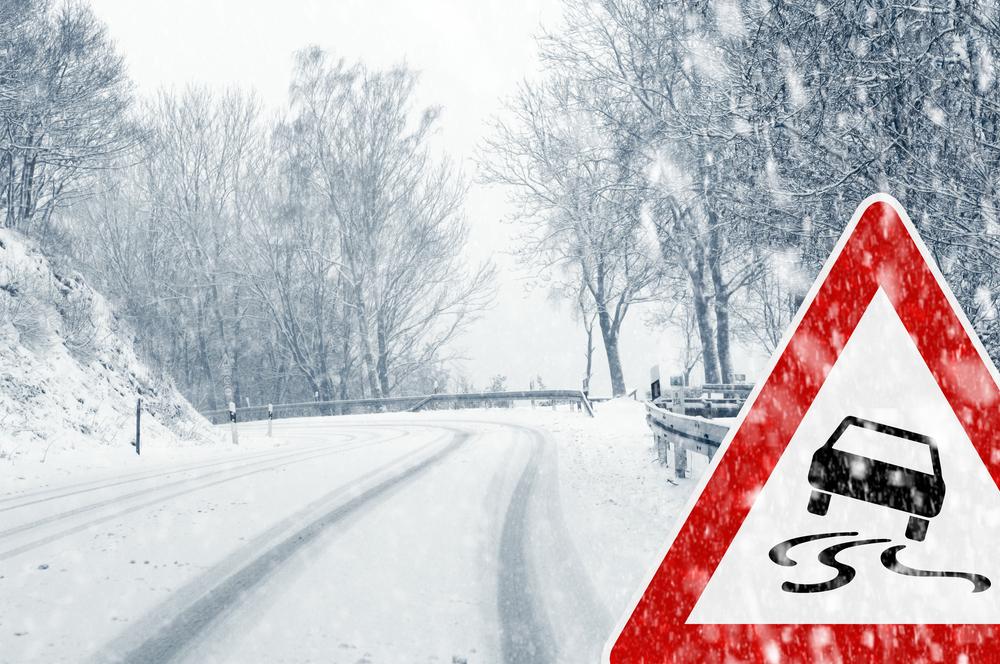Comprehensive Winter Driving Safety Guidelines for a Secure Journey
Prepare for winter driving with confidence by following essential safety tips, including vehicle maintenance, proper tire use, and emergency preparedness. These practices help you navigate icy and snowy roads safely and prevent accidents during the cold season, ensuring a secure journey every time you hit the road this winter.

As the chill of winter descends and temperatures drop, drivers face unique challenges that require careful preparation and heightened vigilance. The shorter daylight hours, icy patches, snow-covered streets, and unpredictable weather conditions make winter driving significantly more hazardous than in other seasons. Ensuring your safety and the safety of your passengers during these months calls for a thorough understanding of essential winter driving safety practices. This comprehensive guide aims to equip you with critical tips and strategies to navigate winter roads confidently and securely, minimizing risks and preventing accidents during the coldest months of the year.
Understanding the implications of winter driving is vital. Cold temperatures can affect vehicle performance, road conditions can deteriorate rapidly, and the risk of accidents increases due to reduced visibility and slippery surfaces. Therefore, proactive measures, proper vehicle preparation, and cautious driving behaviors are key to a safe winter journey. The following are detailed, practical tips that every driver should consider before hitting the road during winter.
1. Clear Snow and Ice Thoroughly Before Driving
One of the most crucial safety steps is ensuring your vehicle is free from snow and ice accumulation. Snow and ice on your windshield, windows, mirrors, and lights impair visibility and can lead to dangerous driving conditions. Before starting your journey, spend a few extra minutes removing all snow from the roof, hood, trunk, and around the wheels, as snow can slide down and obstruct your view or fall onto other vehicles on the road. Use an ice scraper and snow brush to clear all windows, side mirrors, and headlights. Enhanced visibility not only helps you see the road more clearly but also makes your vehicle more visible to other drivers, reducing the risk of collisions.
2. Equip Your Vehicle with Winter Tires
Switching to dedicated winter tires is one of the most effective ways to improve traction and control on icy, snowy, or slushy roads. Winter tires are made of softer rubber compounds that remain flexible in low temperatures, ensuring better grip. These tires feature specialized tread patterns with deeper grooves and biting edges to increase traction and reduce slipping. Investing in quality winter tires can significantly enhance braking distances and steering response, making your drive safer and more confident. Additionally, many insurance companies offer discounts for vehicles equipped with winter tires, providing a financial incentive to prioritize winter safety gear.
3. Stay Informed About Weather and Road Conditions
Before setting out, always check the latest weather forecasts and road condition reports from local authorities or transportation agencies. Many regions provide real-time updates via websites or mobile apps, allowing drivers to assess whether conditions are suitable for travel. If adverse weather such as heavy snowfall, ice storms, or freezing rain is forecasted, consider postponing non-essential trips. When traveling, pay attention to road signs and updates about road closures, hazards, or accidents ahead. Being well-informed helps you plan your route better, choose safer paths, and avoid getting stranded in hazardous conditions.
4. Allow Extra Time and Drive Cautiously
Winter driving requires more patience and caution. Reduce your speed and drive more slowly than usual to maintain better control on slippery surfaces. Plan for additional time to reach your destination, so you’re not rushing or tempted to drive aggressively. Remember, it takes longer to stop on icy roads, so maintaining a safe following distance is critical. A good rule of thumb is to increase your normal following distance to at least four seconds behind the vehicle ahead. This buffer gives you more room to react in case of sudden stops or obstacles on the road, helping you avoid rear-end collisions.
5. Maintain a Safe and Consistent Following Distance
In winter conditions, the importance of safe following distances cannot be overstated. Reduced traction means vehicles take longer to stop, and abrupt motions can easily lead to skidding or accidents. Keep a consistent and generous space between your vehicle and the one ahead. Use the "three-second rule" as a baseline—leave enough space so that, in ideal conditions, you could stop safely within three seconds of the vehicle in front. In snowy or icy conditions, increase this distance to four or five seconds. This extra space allows you ample time to react to sudden stops or obstacles, especially on expressways, hilly terrains, or poorly plowed roads.
6. Keep Your Fuel Tank Full and Preventive Vehicle Maintenance
Ensuring your fuel tank is sufficiently filled is a simple yet vital winter safety tip. A full tank prevents moisture buildup inside the fuel lines, which can freeze and cause blockages. Regularly check your vehicle's antifreeze levels, battery health, brakes, and tire pressure, as cold weather can strain various components. Proper maintenance reduces the likelihood of breakdowns and ensures your car operates efficiently in frigid temperatures. Additionally, keep an emergency kit in your vehicle containing essentials such as jumper cables, a flashlight, warm clothing, blankets, non-perishable snacks, water, and a small shovel. Preparation is your best defense against unforeseen winter emergencies.
7. Prepare and Carry Essential Safety Equipment
In winter, being prepared for emergencies is crucial. Carry a well-stocked safety kit that includes items such as jumper cables, a tow rope, a flashlight with extra batteries, an emergency blanket, a first-aid kit, and additional warm clothing. Having a portable cellphone charger can also be lifesaving if your phone battery drains. A collapsible shovel helps in clearing snow around your tires if you get stuck. It’s also wise to keep sand, kitty litter, or traction mats in your trunk to help gain traction if your vehicle slides on ice. Being equipped with these items can make the difference between a minor inconvenience and a dangerous situation.
Conclusion: Snowy Season Safety Starts with Preparedness
Driving in winter conditions demands extra caution, vigilance, and proper preparation. From clearing snow off your vehicle to choosing appropriate tires and being well-informed about weather updates, every step contributes to your safety on icy and snowy roads. Slowing down, maintaining safe distances, and carrying emergency supplies are simple yet effective measures that can significantly reduce the risk of accidents during winter months. Adopting these comprehensive safety practices ensures that your winter journeys are not only safe but also less stressful, enabling you to arrive at your destination securely and confidently during the coldest season of the year.





